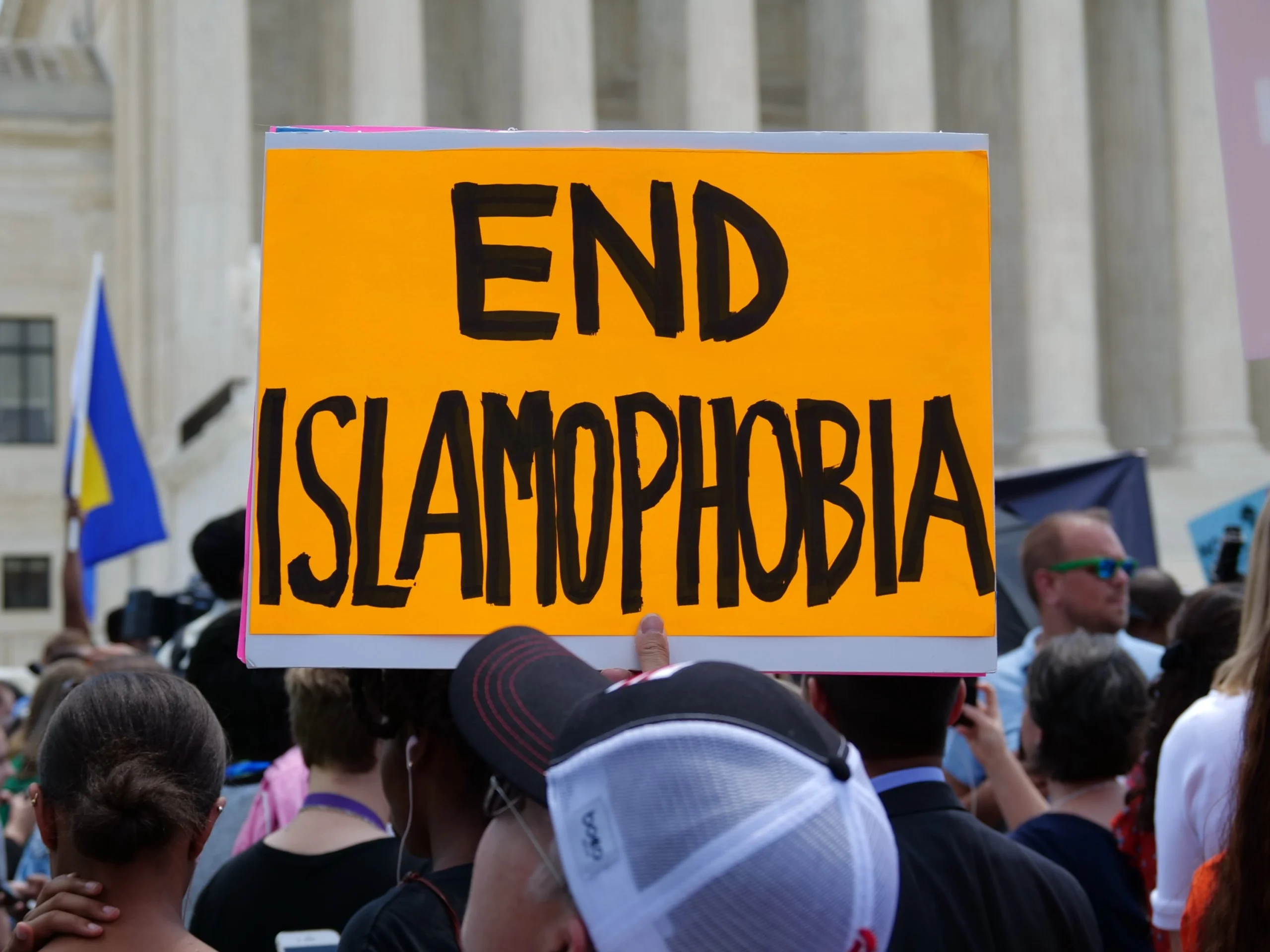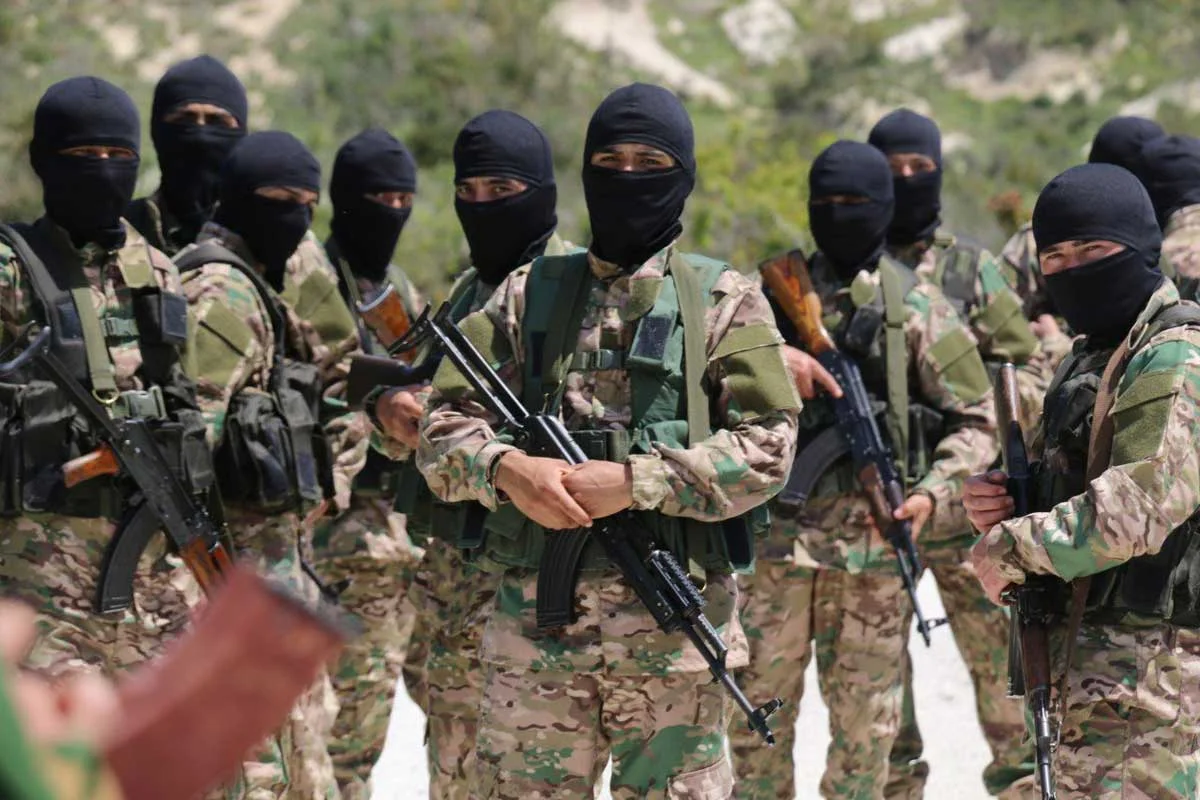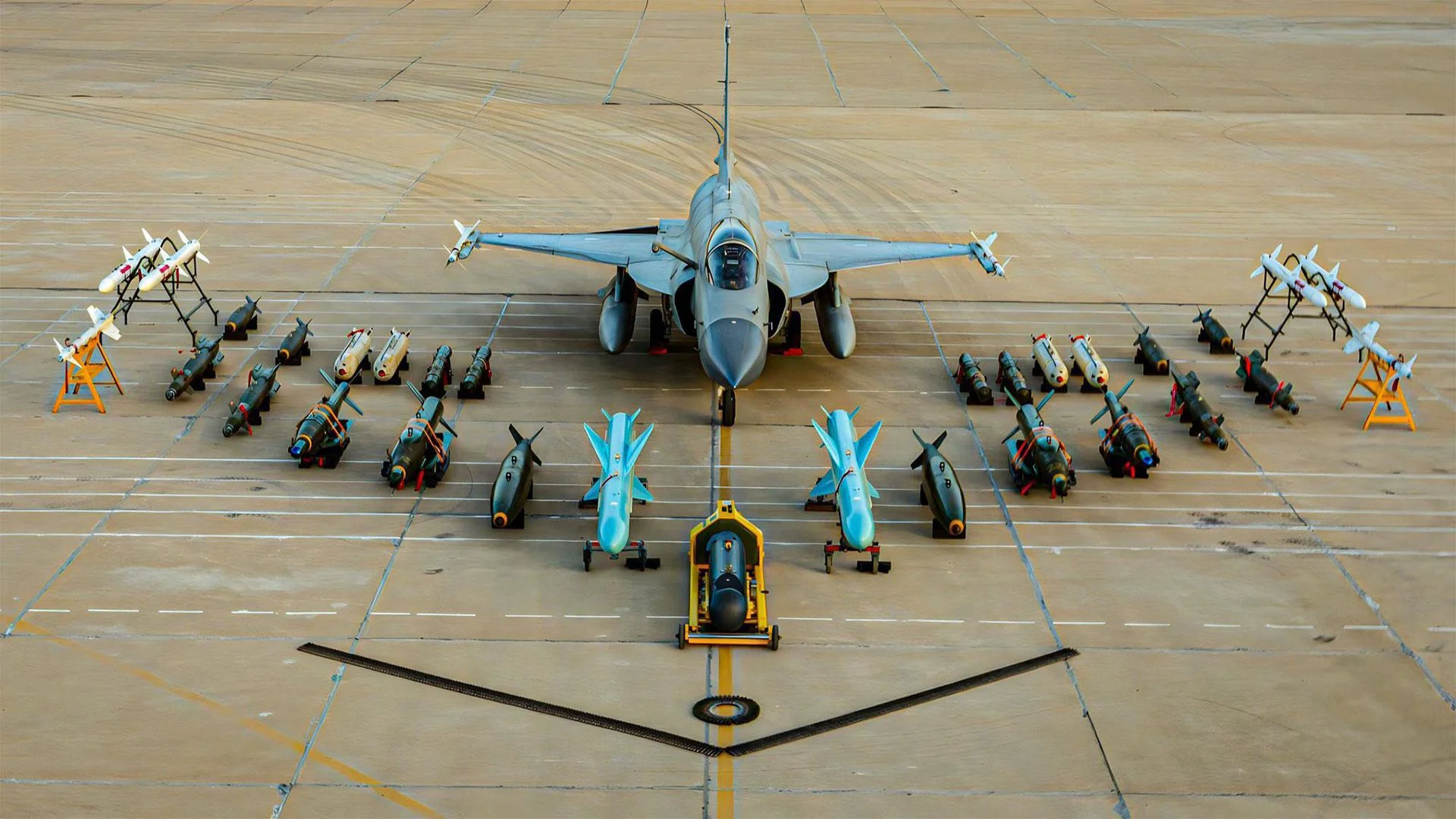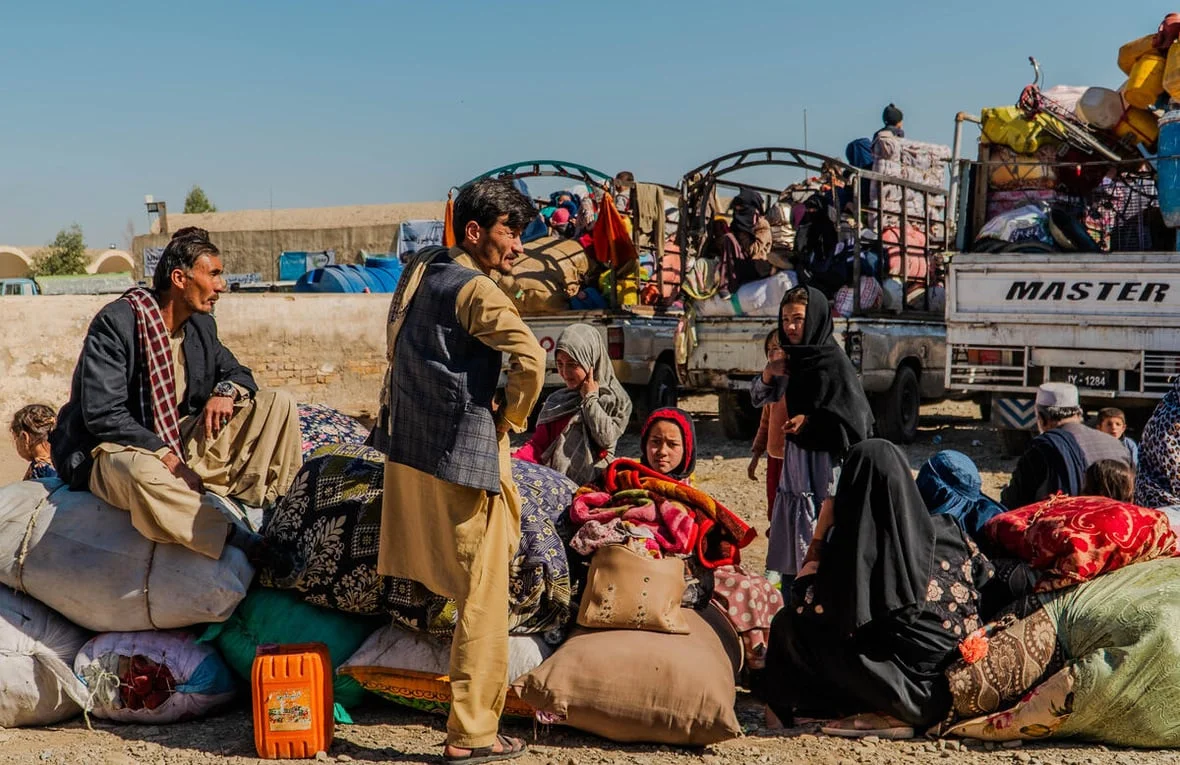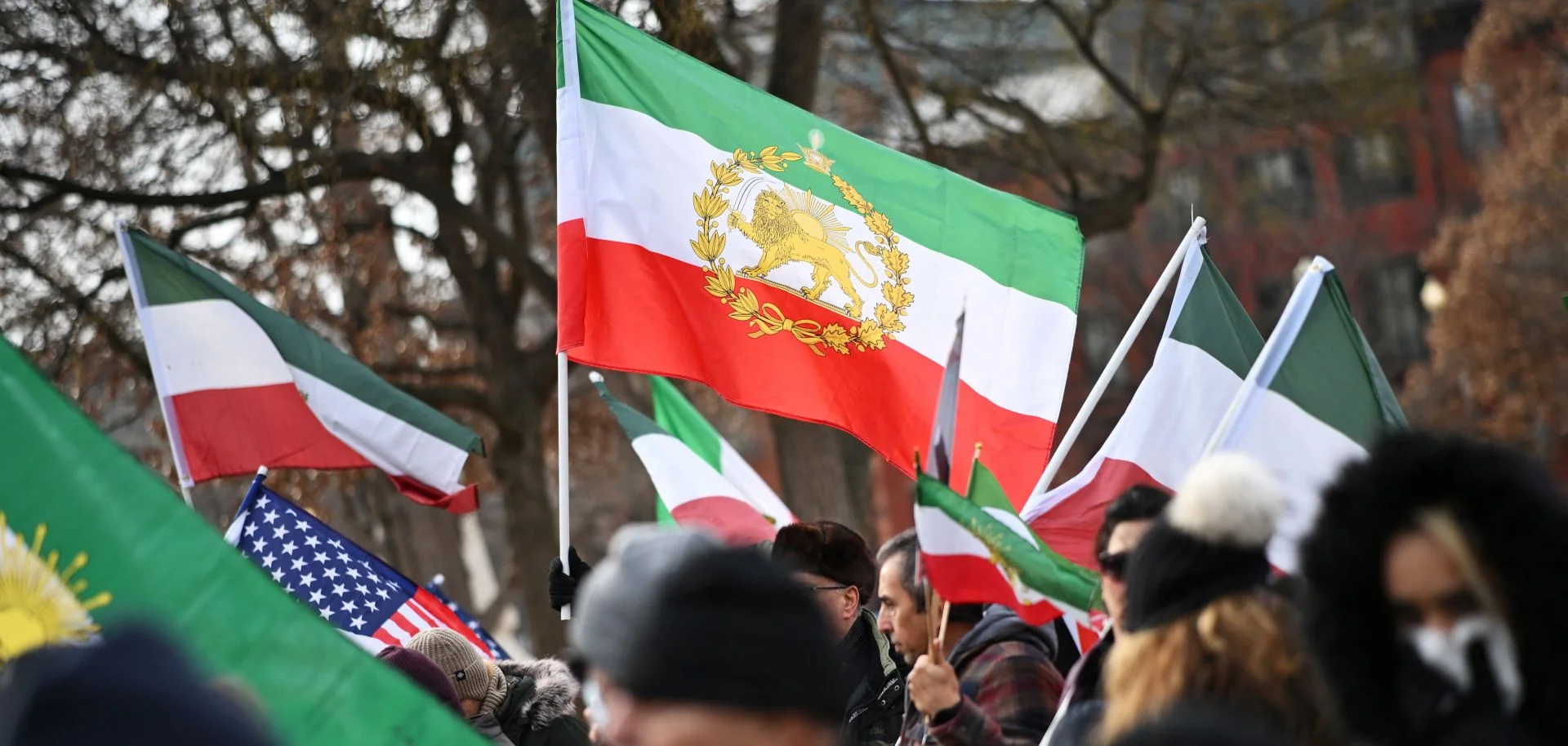Pashtun Tahafuz Movement (PTM) started as a grassroot civil activist movement in 2018 in reaction to a young Pashtun’s extrajudicial killing in Karachi, Pakistan. Since then, the movement has gained prominence in the mainstream as well as on social media. The basis of the movement also described in their name is the protection and ensuring rights for Pashtuns all over the country.
The initial political activism of PTM was directed towards the issues faced by the people of Erstwhile FATA, now Khyber Pakhtunkhwa, due to the military checkpoints.
The excessive search and waiting at these checkpoints became the fulcrum of the movements’ launch into the mainstream and social media. PTM also started raising its voice over the other administrative issues of Erstwhile FATA. However, the Islamabad administration, through the 25th Amendment to the constitution merged FATA with KPK for better political and administrative oversight.
Another point of the PTM agenda was the enforced disappearance of Pashtuns by the country’s security agencies. A case over such enforced disappearances in the court of law was also heard and a commission was also established for such inquiries.
Many of the political demands of PTM are being worked on as described above. However, PTM has now started raising slogans of secession from the state on an ethnic basis.
While addressing a gathering in Karachi, PTM Chief, Manzoor Pashteen said that they have every right to go for secession regardless of the country has provided every right to its citizens. He also claimed the United Nation laws allow peaceful secession of ethnicity into a separate nation-state.
The use of Pashtun ethnicity as a basis for separatist agenda demands a normative understanding of ‘ethnic nationalism’. Ethnonationalism refers to nationalism that is based on ethnicity as a core component and shared experience of “nation”. Pashtun ethnicity is the second largest ethnic group in Pakistan. Different theoretical perspectives follow that for any ethnonationalist secessionist movement, there are some prerequisites such as ethnicity being a minority, subjugated, and facing persecution by the ruling power. Subjugation and persecution can take a variety of forms such as economic, status, and cultural freedom. With respect to Pakistan, are such a basis of subjugation and persecution well-founded to call for an ethnonationalist secessionist movement?
It is important to mention, however, that the issues faced by Pashtuns in erstwhile FATA cannot be considered persecution or subjugation of an ethnicity.
The administrative exploitation can best describe the plight of Pashtuns in Pakistan. This is the case in most of Pakistan for almost every citizen. Also, the military deployment and the consequent issues faced by the people in erstwhile FATA are more a problem of terrorist resurgence rather than subjugation of Pashtuns at the hands of the Pakistan Army, as claimed by PTM representatives. Being the second-largest ethnic majority in Pakistan, Pashtuns are also geographically distributed all over Pakistan. Another major component for an ethnonationalist movement is to be concentrated in a single geographical region. Surprisingly, gauging the Pashtuns tendency in Khyber Pakhtunkhwa through the recently held first phase of local elections, a religious-political party Jamiat-e-Ulema Islam (Fazlur Rehman) bagged the most seats, whereas the nationalist Awami National Party only bagged 6. The tendency of Pashtuns of KPK seems much less towards ethnonationalism than claimed by PTM as per the election results.
Finally, Manzoor Pashteen also claimed that UN laws allow peaceful secession of ethnicity into a nation-state. However, Article 2 of the UN Charter mentions that the integrity of the state is vital. Also, the Declaratory theory of secession argues that if a secessionist entity holds a definitive territory, a government, and population, and has the capability to create friendly relations with other nations, it can secede. However, this is not the case with PTM. Moreover, the Declaration on Granting of Independence to the Colonial Countries and Peoples (A/RES/1514(XV), which can be alternatively used for the secessionist entity, argues that an entity that is oppressed by a parent state which does not represent them, can invoke this declaration. Yet, this case does not fulfill the criteria of PTM claims as Pashtuns are the second largest majority and are represented in the power echelons of Pakistan.
Hence, the secessionist rhetoric by PTM leader Manzoor Pashteen, as per the UN laws is short of prerequisites contrary to his claims. These secessionist claims against Pakistan for Pashtuns by PTM are either a flawed internal motivation or again an attempt to weaponize the ethnonational fault-lines of Pakistan. What is essential, therefore, is to not only the contextualization of the rise and fall of such movements in terms of the prevalent forms of hybrid and non-kinetic warfare but also the addressal of the politico-economic and socio-political grievances of the populace, especially belonging to the conflict-affected areas, to neutralize the magnitude of such movements.
The views expressed in this article are author’s own and do not necessarily reflect the editorial policy of the South Asia Times.

![Political activism of PTM was directed towards the issues faced by the people of Erstwhile FATA now KPK, due to the military checkpoints [Image Credits: Naseer Ahmed/Reuters].](https://southasiatimes.org/wp-content/uploads/2022/02/5acc715046085.webp)
